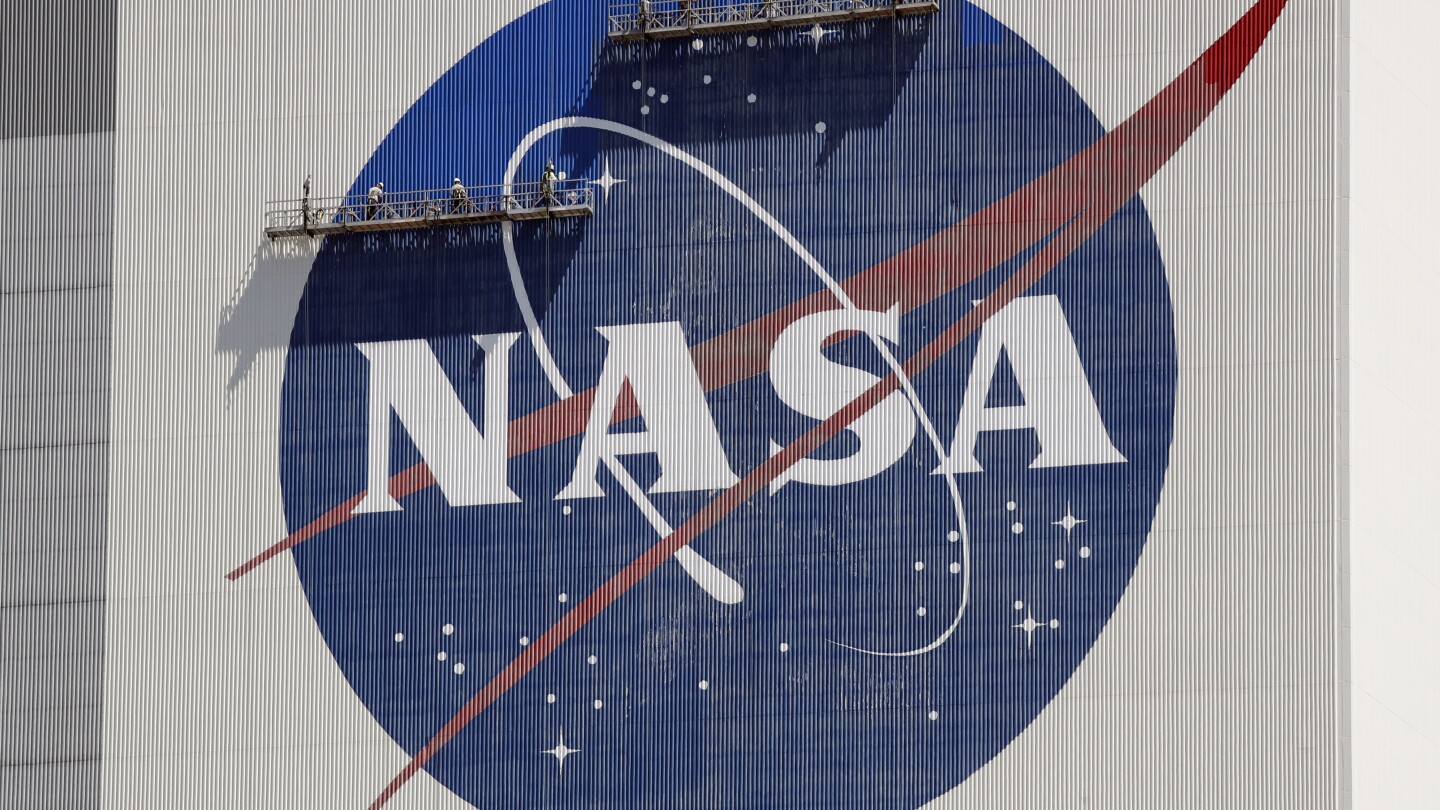Hoping they maintain that view moving forward.
Even if you don’t believe in “aliens”, that doesn’t mean we shouldn’t be investigating something we don’t fully understand.
Good example are whatever was present for the Moroccan earthquake. We don’t understand what they are or what their mechanism is.
Discounting it as “hurr durr, not aliens” lacks a level of inquisitiveness required for science.
Yeah, I always argue that the phenomenon is by nature an unknown. And, it is human nature to understand the world and universe around us. Even if these events don’t have any direct impact on humans, sightings are numerous enough that we should strive to understand what’s occurring. A lot of sightings may have mundane causes, but if a few are groundbreaking then it’s been worth our efforts. There’s always so much potential in investigating the unknown.
Question: how much would you all be willing to pay for a smaller/personal version of what the Galileo project is trying to do?
Obviously it wouldn’t have nearly the resolution of what they’re making because it would basically be a giant compound eye made out of miniaturized FANUC IRVISION systems with fancier algorithms that would individually fault out whenever one of them sees something unfamiliar, which would conveniently also give you the distance and angle (relative to some reference point built into the system) of whatever sent the light that caused the fault to happen.
Each sensor would be a tiny but really simple/basic camera with a stupid low FOV paired with a rangefinding laser and wired to a processing PC in a cabinet off to the side. PC runs algorithms on the images that fault out whenever they find over a certain threshold of deviation in pixels from what it’s trained to expect to see in the sky. Would be pre-taught to recognize things like aircraft, insects, weather events, ETC, but that would never be perfect so users will have to be prepared to do a lot of the pattern recognition teaching themselves. Rangefind laser would trigger whenever the algorithm faults.
There would be another PC that detects when a sensor faults and records the accompanying laser data, the raw image of the camera on the faulted sensor, as well as some kind of ID tied to each sensor.
Because the sensors are arranged in a hemisphere, knowing which one faulted gives you the direction of the unknown object and the rangefinder that’s conveniently already pointed exactly the direction the object is tells you the distance.
The density of sensors in this hemisphere or “eye” determines the resolution. Improving it would be as simple as either increasing the total radius of the “eye” or making each sensor smaller. This also makes the system available to those with limited budgets because they could buy sensors individually and have the system operate on a more limted scope, and each sensor unit would be relatively cheap (especially if it gets super miniaturized!)
This comment was like 8X longer than I wanted it to be but oh well. Thoughts?
It sounds like an interesting set up. I’ve started seeing some amateur projects out there. Though, they’re typically more basic equipment like a single camera using AI to flag and track unusual objects. Your suggestion seems to have a lot of potential for capturing and gathering data.
I’m not sure about a price point, but it’s a new market with a lot of hobbyist interested. There seems to be quite a few people that would be interested, though small enough that pre-order or made to order would need to be done. The one system I’m aware of, the Sky360, gives plans for personal build which has an estimated build price of $1500-$5000. That’s a hefty price point and I don’t know that many people are up for building one themselves.
I’d definitely be interested in such a thing if I lived somewhere with the space to do so. Living in a major city definitely has draw backs when it comes to sky gazing.
Back in the day, people were building their own radio telescopes and hooking them into the seti data collection pipeline. It wasn’t like everyone was doing it but there were quite a few. I would say it was a similar cost, adjusted for inflation.






